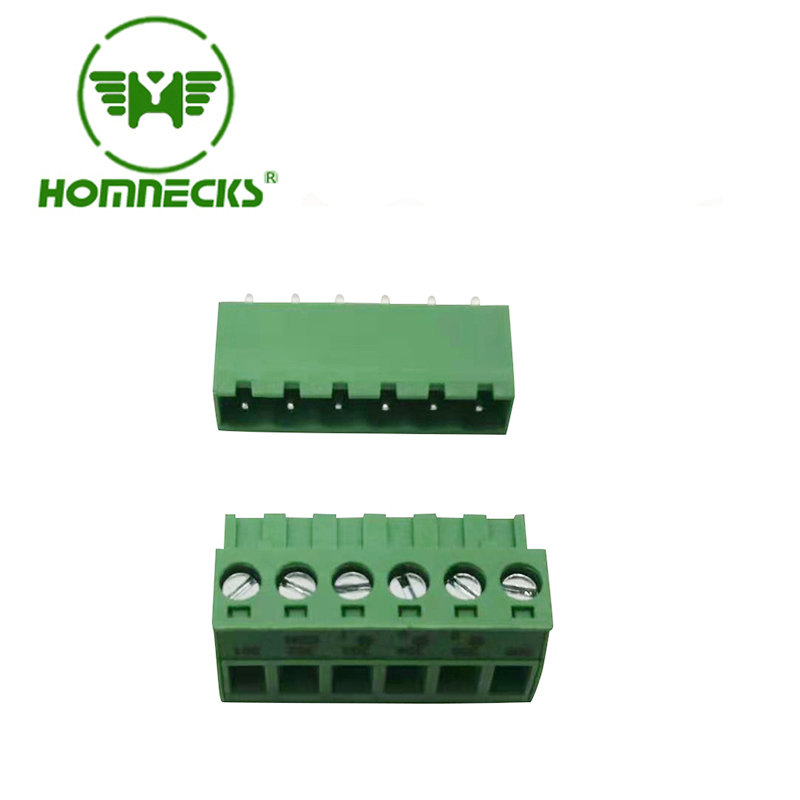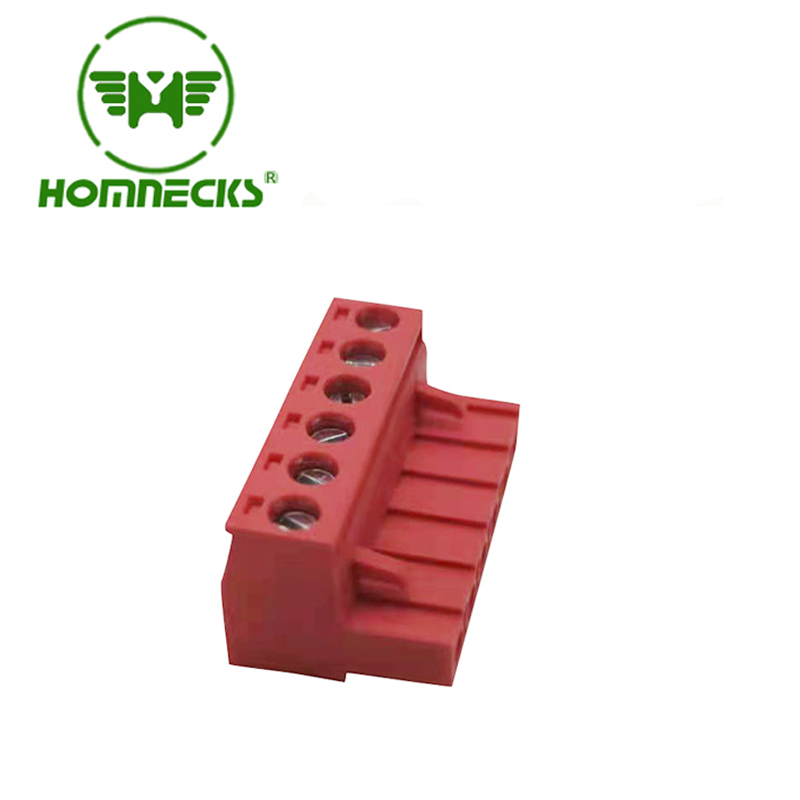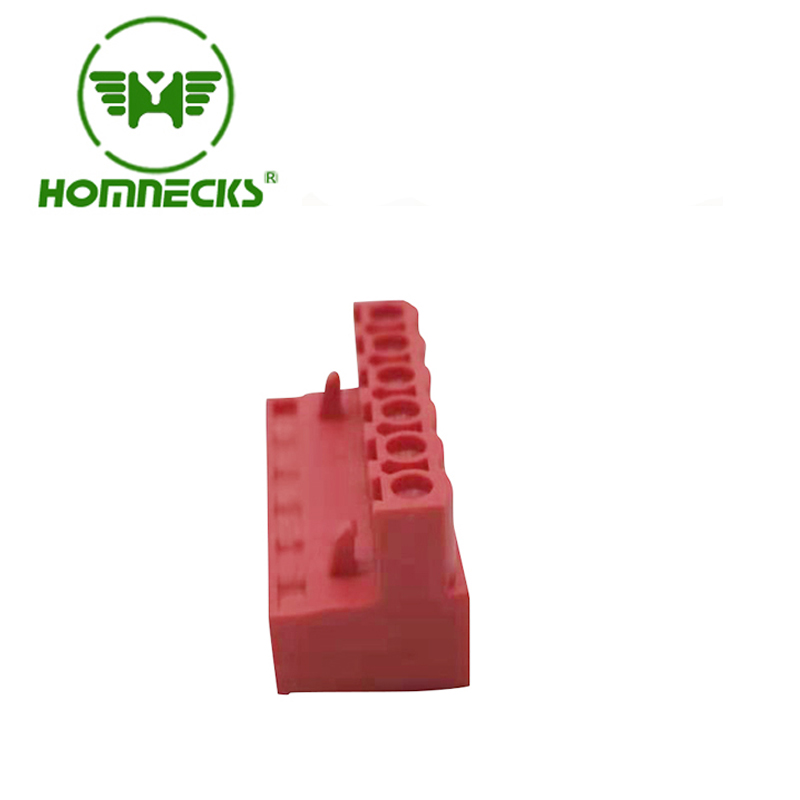The sealing performance of ball valves is affected by various factors, and the following are some of the main factors:
1、 Sealing auxiliary material
Hard sealed ball valves adopt a sealing structure between metals, usually using a spring pressed tight cover or mechanical sealing between metals; Soft sealed ball valves use elastic materials for sealing, usually rubber, PTFE and other materials. Hard sealed ball valves have good sealing performance, can withstand media under high temperature and high pressure conditions, and have high corrosion resistance;
The sealing performance of soft sealed ball valves is generally poor and suitable for low temperature, low pressure or general working conditions. Due to the good sealing performance of hard sealed ball valves, the hard double sealing structure is suitable for special working conditions such as high temperature, high pressure, and corrosive media, such as industries such as petroleum and chemical; Soft sealed ball valves are suitable for general working conditions, such as pipeline systems for tap water, natural gas, etc
2、 Processing accuracy
Dimensional accuracy: The dimensional accuracy of key components such as the ball and seat of a ball valve directly affects its sealing performance. If the roundness of the ball is not sufficient, the diameter deviation is too large, or the inner diameter of the valve seat is inaccurate, the ball and valve seat may not be able to fit tightly when the ball valve is closed, resulting in leakage.
Surface roughness: The surface roughness of the sealing surface also has a significant impact on the sealing performance. Overly rough surfaces can lead to poor sealing, while excessively smooth surfaces may affect the micro meshing effect between sealing materials. Generally speaking, the surface roughness of the sealing surface should be controlled within an appropriate range to ensure good sealing effect.
3、 Assembly quality
Component installation sequence: If the assembly sequence of the ball valve is incorrect, it may lead to uneven stress and deformation of the components, which in turn can affect the sealing performance. For example, when installing the valve seat, if it is not installed in the prescribed order and method, it may cause the valve seat to be installed improperly or deformed, resulting in poor sealing between the ball and the valve seat.
Pre tightening force control: During the assembly process, the pre tightening force applied to the sealing pair should be moderate. The pre tightening force is too small to ensure a tight fit between the sealing surfaces, which can easily lead to leakage; Excessive pre tightening force may cause excessive wear, deformation, or even damage to the sealing surface, shorten the service life of the ball valve, and affect the sealing performance.
4、 Medium characteristics
Corrosivity: If the medium is corrosive, it will cause corrosion on the sealing surface of the ball valve, resulting in defects such as potholes and pitting, which will damage the flatness and smoothness of the sealing surface, leading to seal failure. For example, in chemical production, media containing strong acids and bases can quickly corrode ordinary metal sealing surfaces.
Temperature and pressure: Changes in the temperature and pressure of the medium can have a significant impact on the sealing performance of ball valves. In high temperature environments, the performance of sealing materials may change, such as a decrease in hardness, a decrease in elastic modulus, etc., resulting in a decrease in sealing force; In high-pressure environments, the sealing pressure between the sphere and the valve seat increases. If the sealing material has insufficient compressive strength, it may be crushed and cause leakage.
5、 Operating conditions
Opening and closing frequency: Frequent opening and closing operations will cause the sealing pair of the ball valve to constantly rub and wear. As the number of uses increases, the wear of the sealing surface will gradually intensify, leading to a decrease in sealing performance. For example, in some automated production lines, ball valves need to be frequently opened and closed to control the transportation of materials, which can greatly affect the sealing performance of the ball valves.
Operation speed: The opening and closing speed of the ball valve may also affect the sealing performance if it is too fast or too slow. Excessive opening and closing speed may result in water hammer, causing impact damage to the sealing surface; If the opening and closing speed is too slow, it may cause the sealing surface to remain in a semi open and semi closed state for a long time during the opening and closing process, which is susceptible to erosion and wear by the medium.
6、 Maintenance and upkeep
Regular inspection: Regularly inspect the ball valve to promptly detect issues such as wear and corrosion on the sealing surface, and take corresponding measures for repair or replacement, which can effectively extend the sealing life of the ball valve. If not checked for a long time, the sealing problem may gradually deteriorate, ultimately leading to serious leakage.
Cleaning and lubrication: Keep the interior and sealing surfaces of the ball valve clean, prevent impurities, particles, etc. from entering between the sealing surfaces, and avoid scratching and wear on the sealing surfaces. At the same time, regularly lubricating the valve stem, bearings, and other parts of the ball valve can reduce friction during operation and help maintain good sealing performance of the ball valve.













